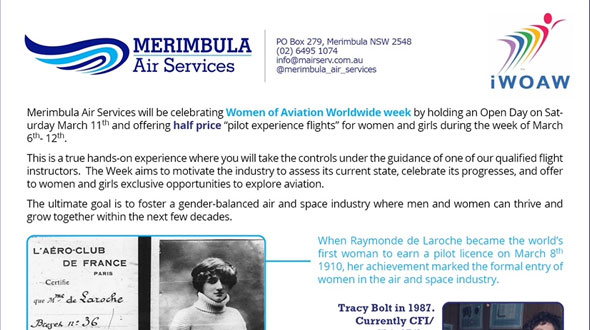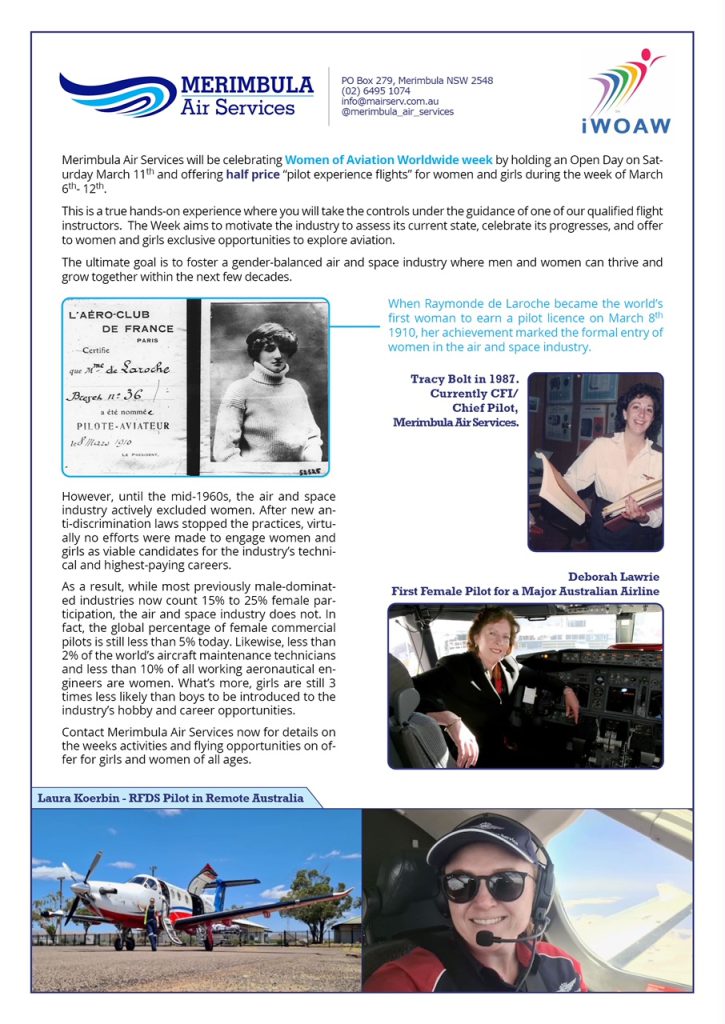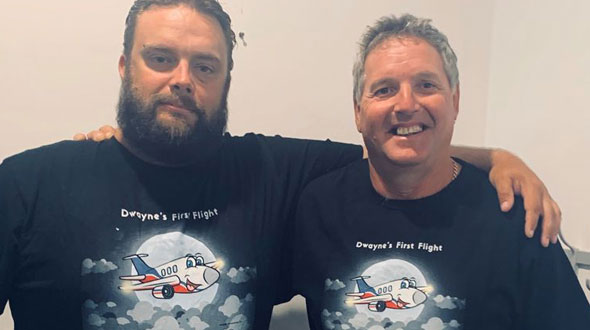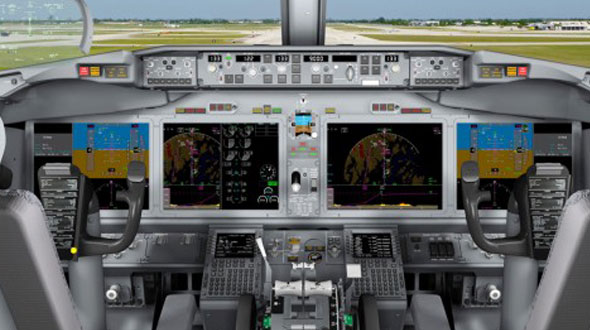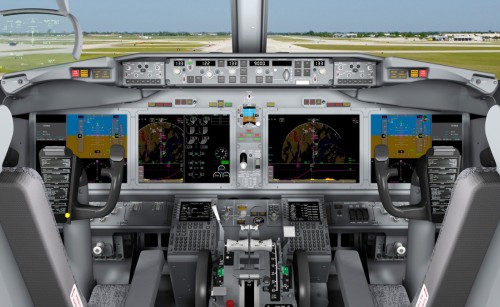Article supplied by International Fellowship of Flying Rotarians.
After the RI Convention in Melbourne, 57 intrepid IFFR members, partners and friends set forth to discover the outback; the long-way around via Warrnambool, Mildura, Broken Hill, Echuca and returning safely to Melbourne.
Reflecting the global nature of Rotary there were folk from Australia, Denmark, Germany, Holland, New Zealand, the United Kingdom and the United States travelling on the “Tango Round the Outback” in eight GA Aircraft, a twin-engine King Air, and a 50-seater luxury coach plus the odd mini-bus for the pilots and an SUV when the weather rained upon us!!
And rained it did, with 4” or 100mm in and around Broken Hill the night we arrived!!!
Our safety committee did well recommending the GA Aircraft remain in Mildura and avoid the unsavoury weather including heavy rain, low cloud and poor visibility.
There were so many highlights experienced by our touring group on the “Tango” for brevity’s sake they included:
- A fabulous pre-Tango shared platter styled dinner at the Longrain Restaurant in Melbourne;
- Flying above and around the 12 Apostles, then seeing them at ground level;
- Walking the Otway Treetops on the way to the Great Ocean Road;
- Coaching to the Ansett Air Museum in Hamilton;
- Visiting the Flagstaff Hill Maritime Museum by day and by night;
- Experiencing a campsite-oven dinner hosted by Pres Nardia and the Rotary Club of Mildura Deakin;
- The amazing flora of the Australian Inland Botanical Gardens;
- Enjoying local wines and fine produce at Trentham Estate, Mildura and Balgownie Estates, Bendigo;
- Broken Hill Royal Flying Doctors, the Broken Hill Aero club lunch and cocktails at the Sculptures on sunset;
- Local touring in Broken Hill with the Big Picture, the Line of Load arranged by our IFFR member Bruce Church;
- Dining with the Rotary Club of Broken Hill during its weekly meeting at the Musician’s Club;
- Sight-seeing the highlights of “Mad Max”, the art and food in Silverton including lunch at the Silverton pub;
- Plying the Murray River on the PV “Rothbury” in Mildura & the oldest Paddle Steamer “Adelaide” in Echuca;
- Echuca attractions including the National Holden Museum and the Great Aussie Beer Shed;
- Showing off Australia’s unique “Silo Art” heading to Warracknabeal, Mildura plus returning thru Rochester;
- Accommodation was very comfortable, providing the best available locally during our extensive travels;
- Traditional Aussie food and a selection of drinks kept the inner man or woman happy in readiness for experiencing the next day’s adventure;
- Finally our “Tango Reflections” dinner at Element Hotel with great wine, fine food, and fellowship to finish.
Thanks to the many “Tango” organisers, all the hotel staff, the various GA Aircraft providers, Kirkhope Aviation providing the King Air with our caring and very personable pilot Rob; lastly, but definitely not the least, our wonderful, exceedingly popular and very careful coach driver Ellen in our big Grey Alston Coach.
To view the full article and photos head to the IFFR website



